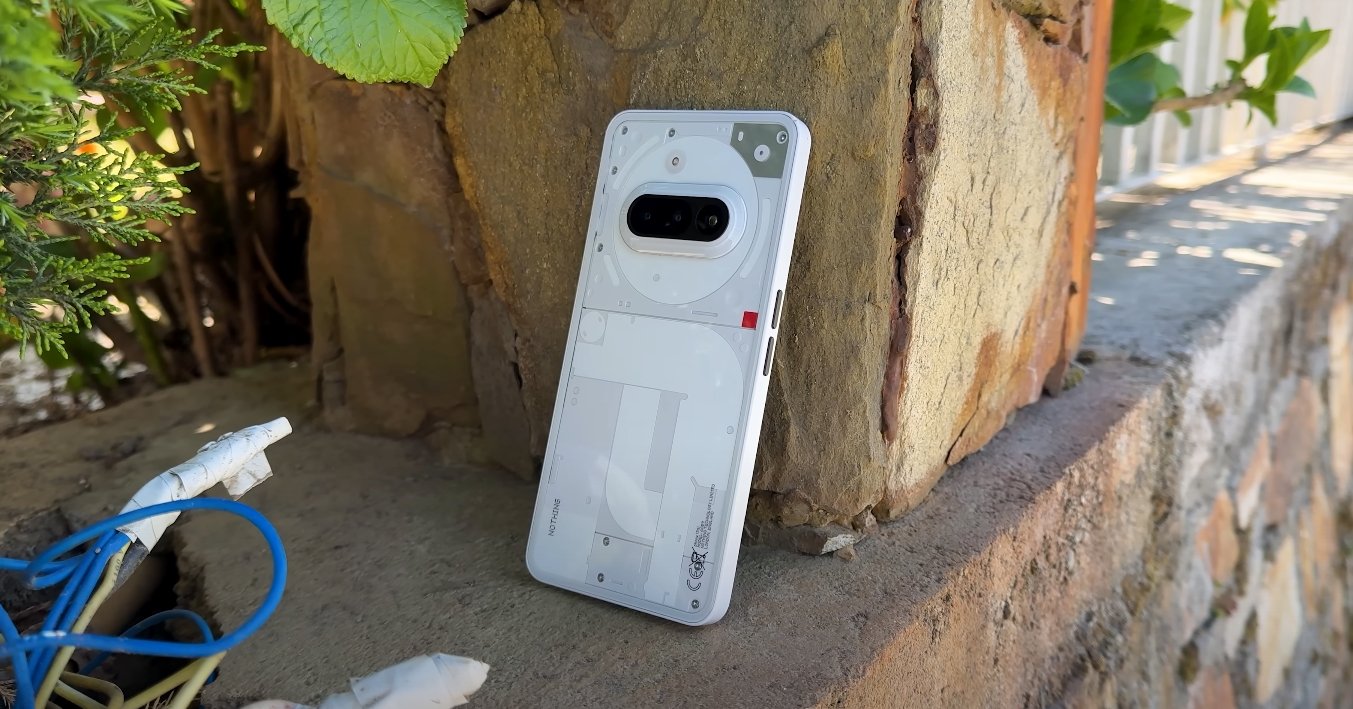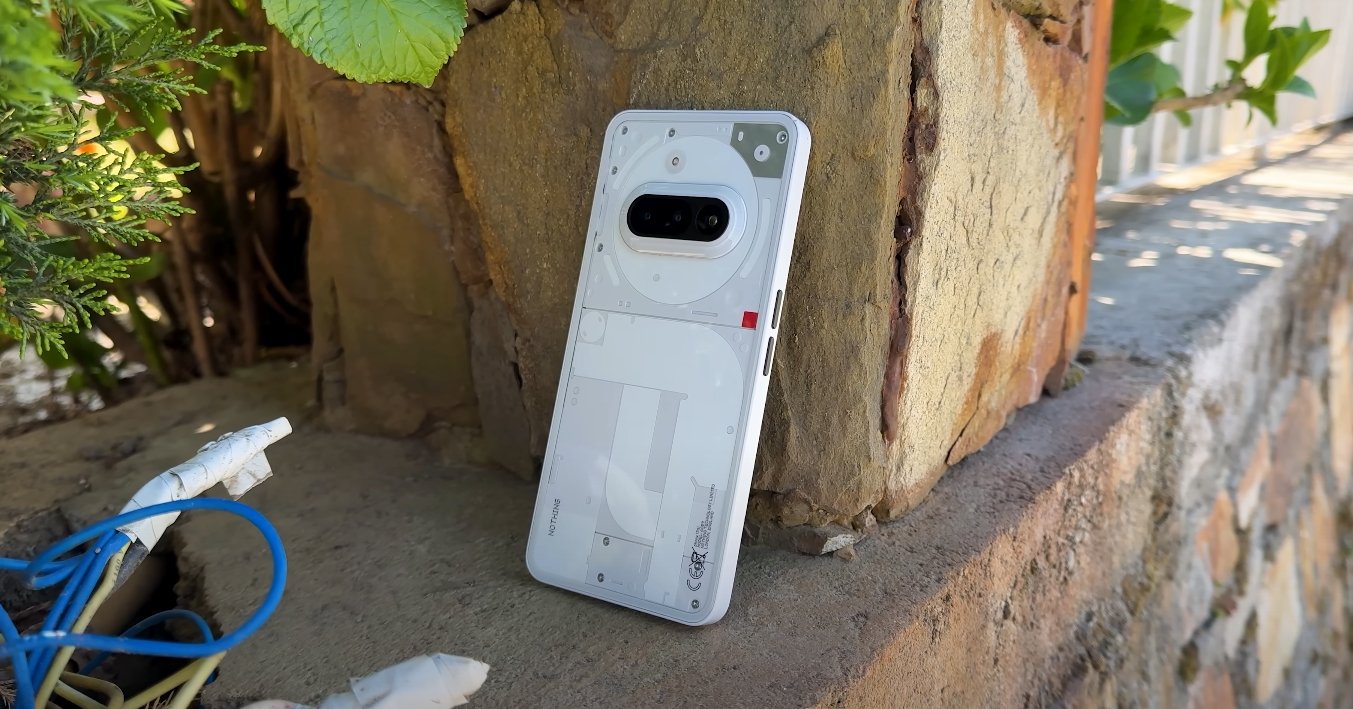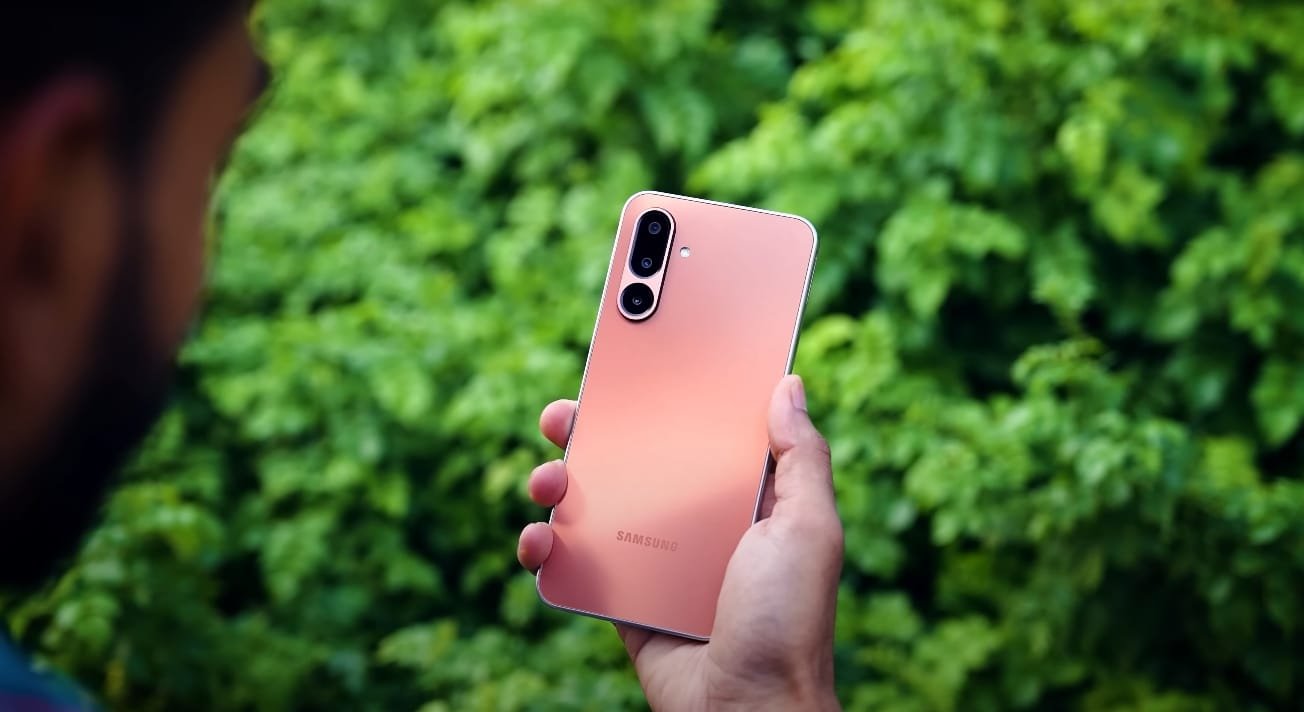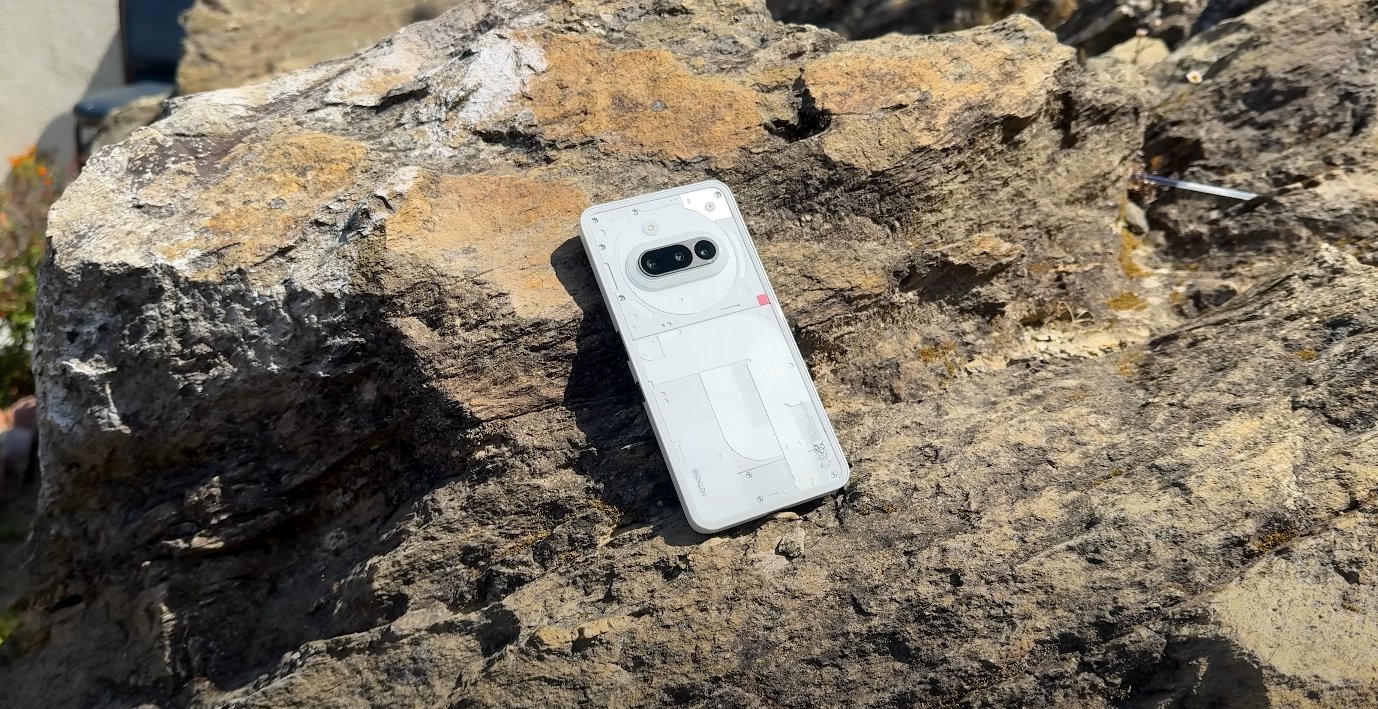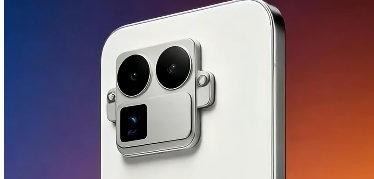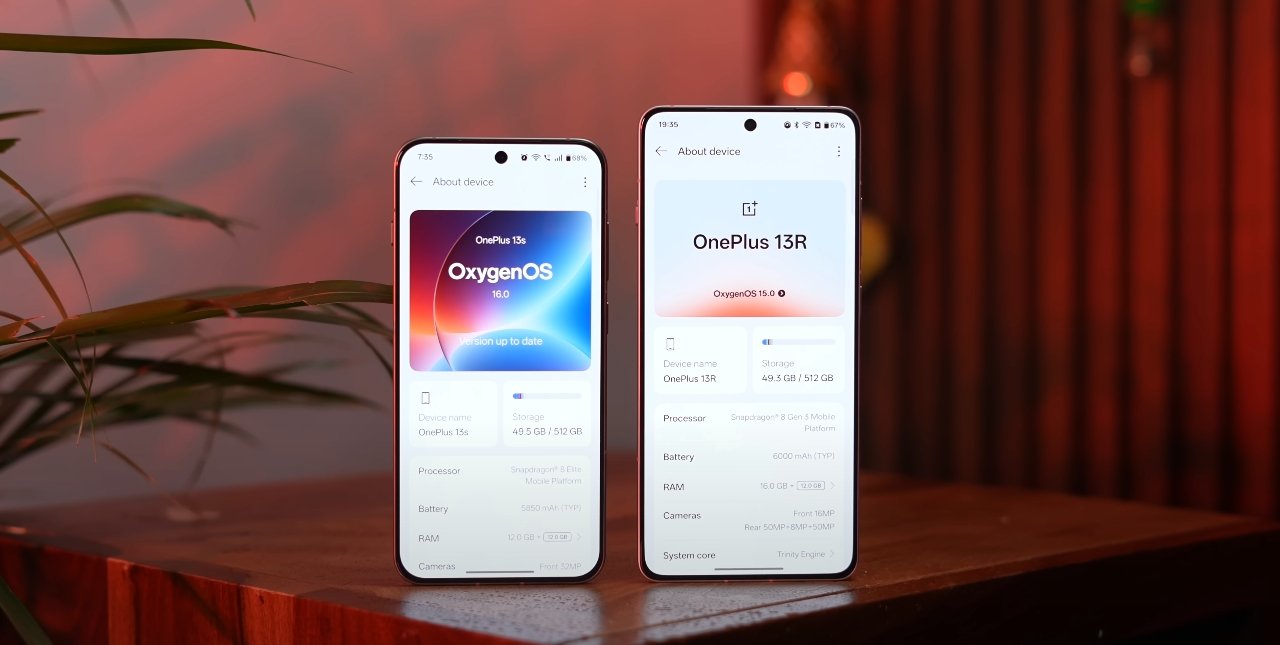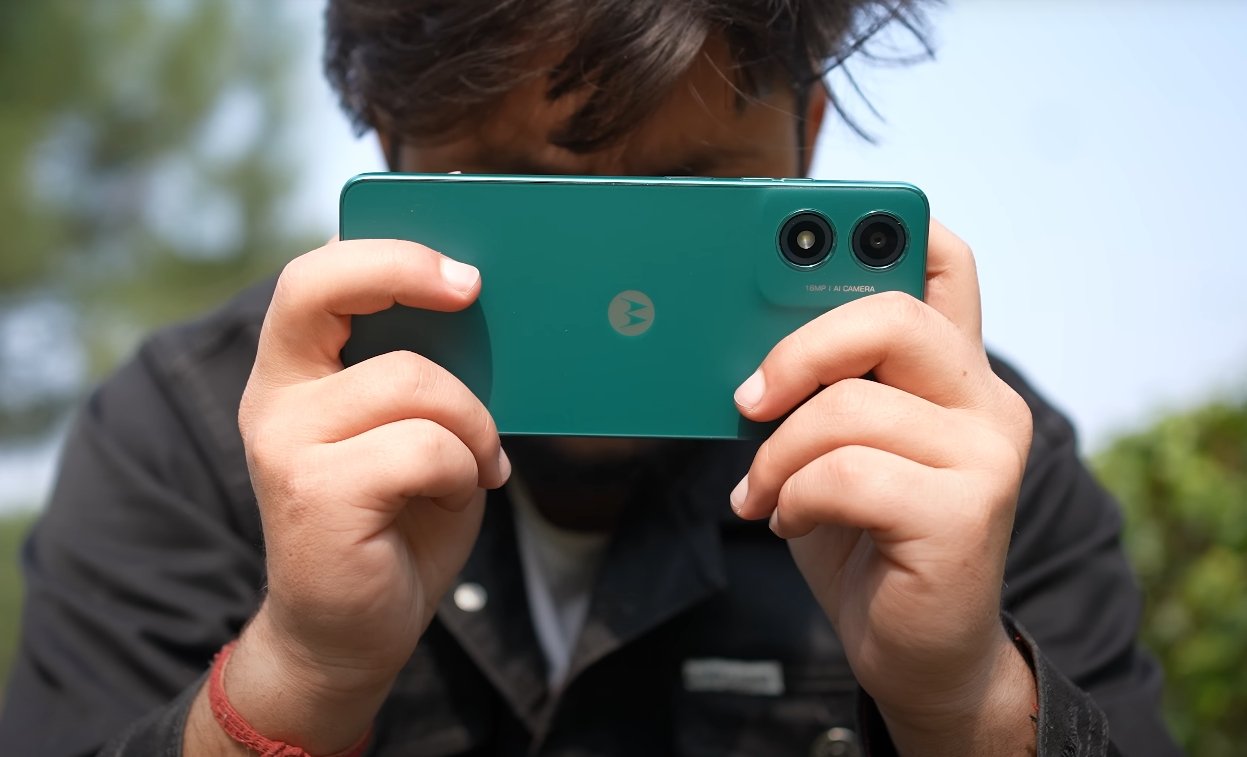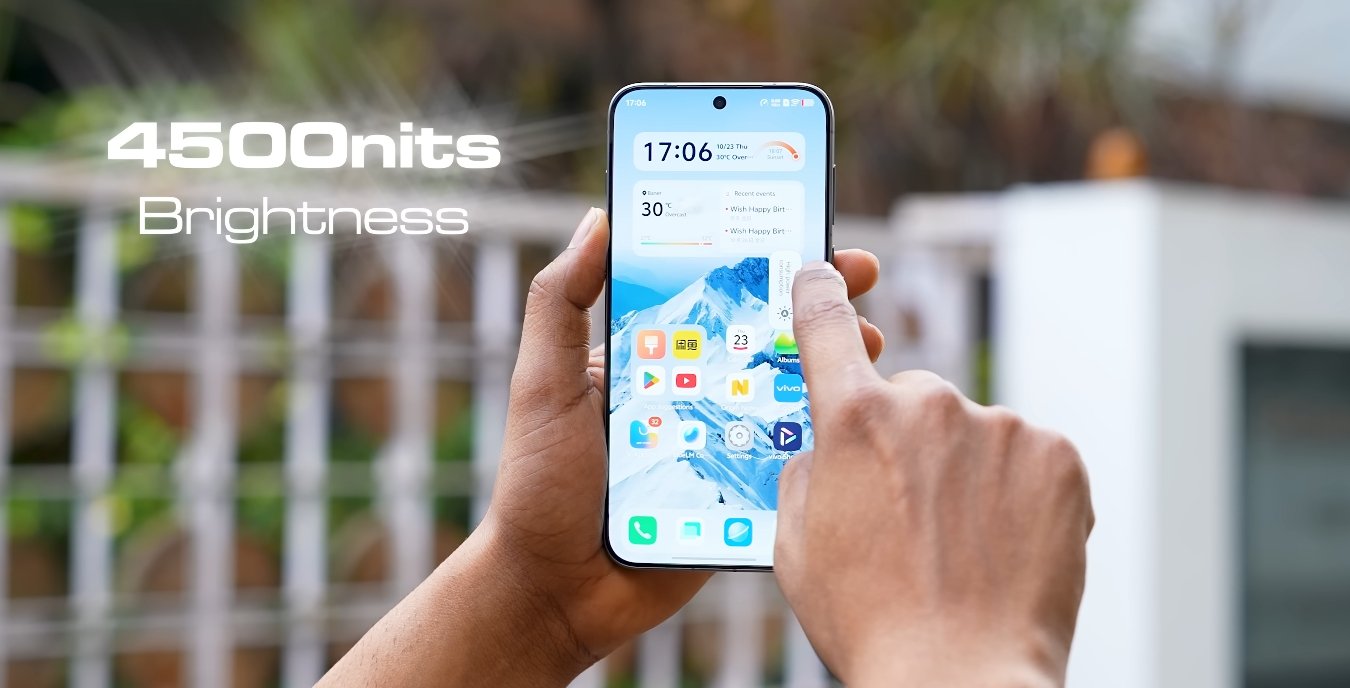Comparing Two Mid-Range Contenders
The mid-range smartphone segment in 2025 is filled with competitive options, and the Nothing Phone 3A Lite and Moto Edge 50 Neo stand out for different reasons. Both phones offer modern design, capable performance, and solid cameras, but they target slightly different user priorities. A detailed comparison of design, display, performance, cameras, battery, and user experience helps highlight their strengths and weaknesses.
The Nothing Phone 3A Lite follows Nothing’s signature bold design with semi-transparent or unique back styling and edge aesthetics. It is built around a 6.77-inch AMOLED display with a 120Hz refresh rate, delivering bright, vibrant visuals. The Moto Edge 50 Neo, in contrast, is more compact at around 6.4 inches and emphasizes durability with IP68 water and dust resistance, MIL-STD 810H certification, and a premium finish. While Nothing focuses on style and immersive screen real estate, Moto leans into protection and usability.
The displays on both devices are impressive. The Nothing Phone 3A Lite’s AMOLED panel offers high peak brightness for outdoor use, smooth scrolling, and solid color reproduction. The Moto Edge 50 Neo’s LTPO pOLED display has a dynamic refresh rate that adapts from 1Hz to 120Hz, which saves battery without sacrificing smoothness. While Edge 50 Neo has slightly higher resolution, Nothing 3A Lite’s larger display makes media consumption more immersive. Users who prioritize screen size may prefer Nothing, while those who want display efficiency and slightly sharper visuals may favor Moto.
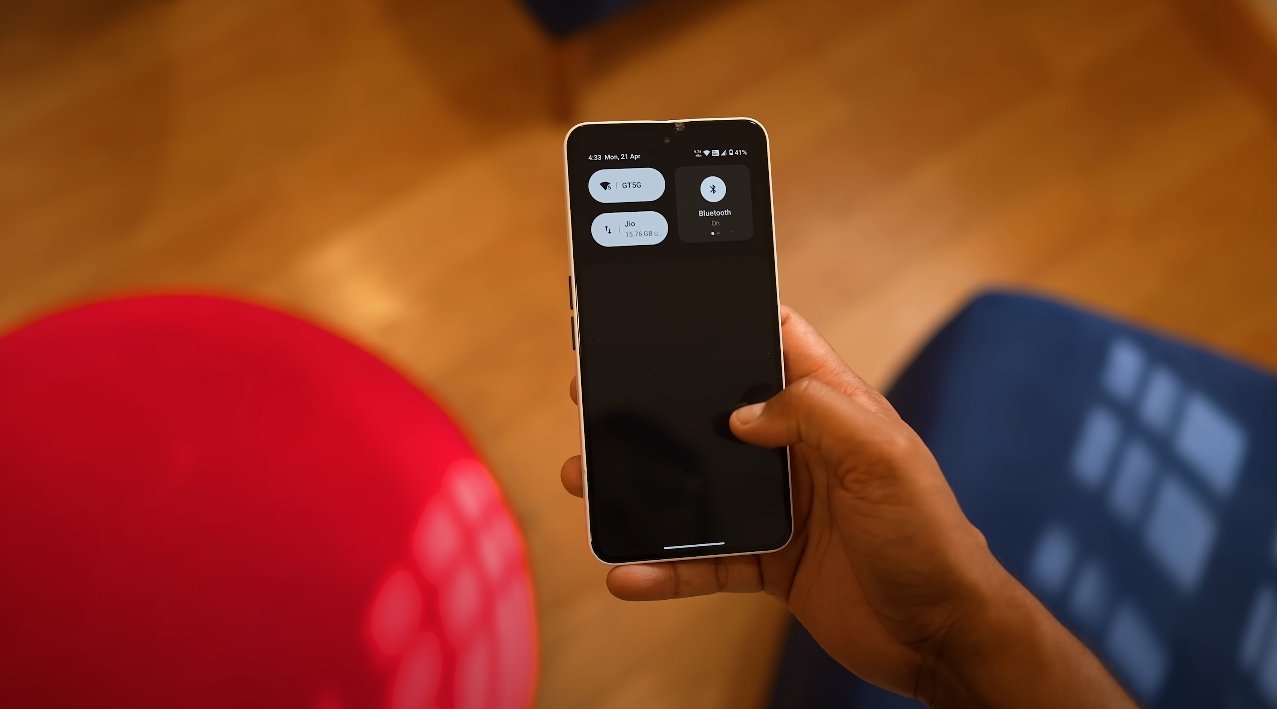
Performance is another area of distinction. The Nothing Phone 3A Lite uses the Snapdragon 7s Gen 3 chipset with up to 12GB RAM and 256GB storage. It runs Android 15 with Nothing OS and promises long-term software and security updates. The Moto Edge 50 Neo features a MediaTek Dimensity 7300 chipset with similar RAM and storage options, running Android 14 with Moto UI. Both phones handle daily tasks smoothly, but the Snapdragon chip in Nothing 3A Lite may perform slightly better in gaming and graphics-intensive apps, while Moto focuses on efficiency and stability.
Camera capabilities set the two phones apart. The Nothing Phone 3A Lite has a triple-camera system: a 50MP main sensor with OIS, a 50MP telephoto lens with 2× optical zoom, and an 8MP ultra-wide lens, along with a 32MP front camera. This gives users flexibility for various photography scenarios. The Moto Edge 50 Neo also has a triple-camera setup: a 50MP main sensor with OIS, a 13MP ultra-wide/macro lens, and a 10MP telephoto lens with 3× optical zoom. Its AI processing enhances low-light performance and zoom capabilities. Edge 50 Neo may outperform in zoom and ultra-wide shots, while Nothing’s telephoto is strong for medium-range zoom and portraits.
Battery and charging are practical differentiators. Nothing Phone 3A Lite packs a 5,000mAh battery with 50W wired charging, which provides long usage but charges more slowly. Moto Edge 50 Neo has a slightly smaller battery (~4,310mAh) but supports 68W wired and 15W wireless charging, offering faster top-ups and added convenience. Both phones include stereo speakers, in-display fingerprint sensors, and adequate durability, but Moto adds extra ruggedness and wireless charging.
User experience highlights the design philosophies of each brand. Nothing emphasizes a clean, minimalistic interface and bold design that stands out, while Moto focuses on reliability, compactness, and practical features like dynamic refresh rates and premium finishes. Software updates favor Nothing in terms of long-term security, while Moto offers customization and durability-focused features.
In conclusion, the Moto Edge 50 Neo is better suited for users who prioritize durability, faster charging, compact design, and stronger zoom capabilities. The Nothing Phone 3A Lite excels for those who value a larger immersive display, bold design, balanced camera versatility, and long battery life. Both devices offer excellent value in the mid-range segment, but the choice ultimately depends on user priorities: ruggedness and speed versus style and media experience.
Also Read: Motorola Edge 70 resale value prediction in USA
